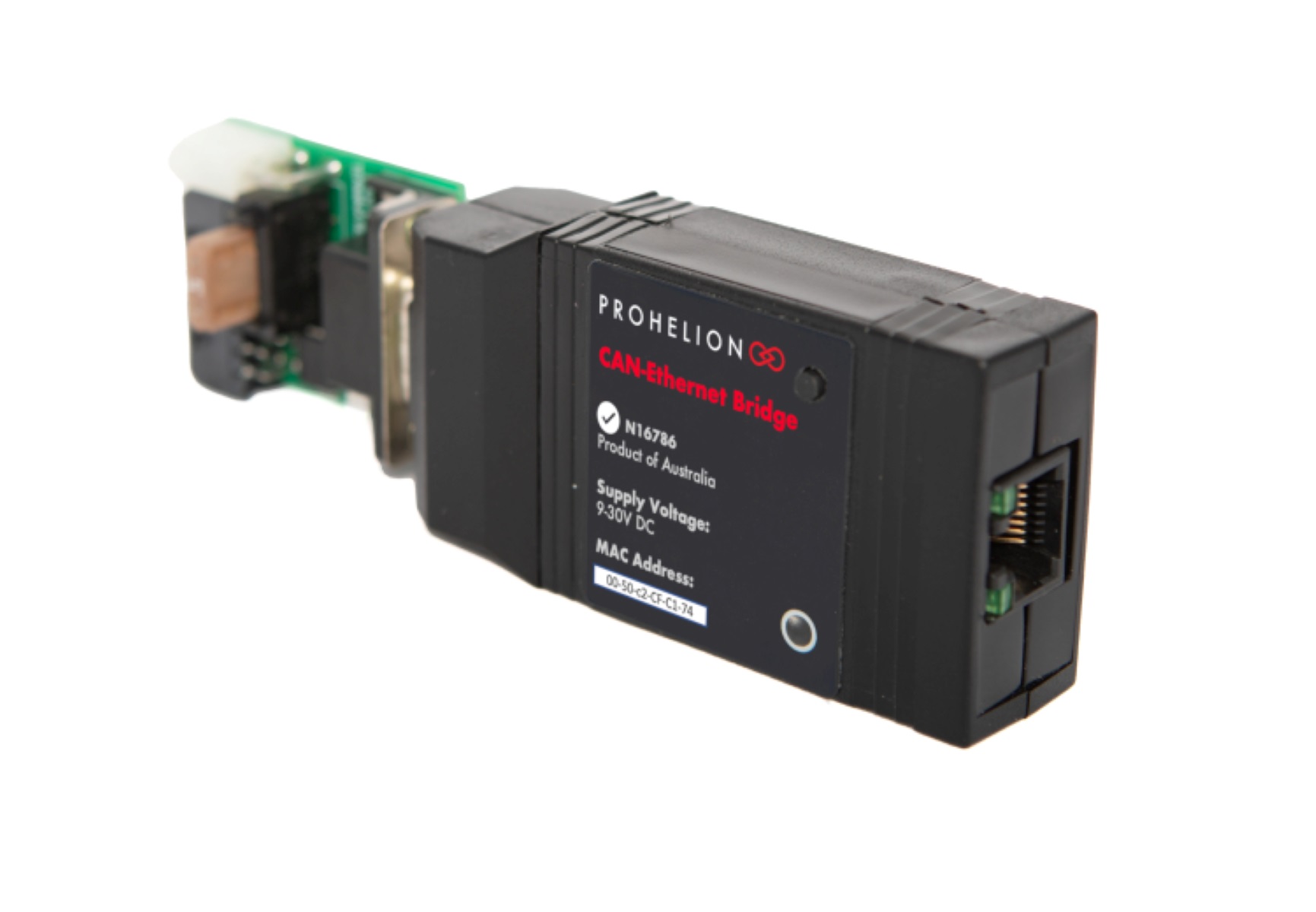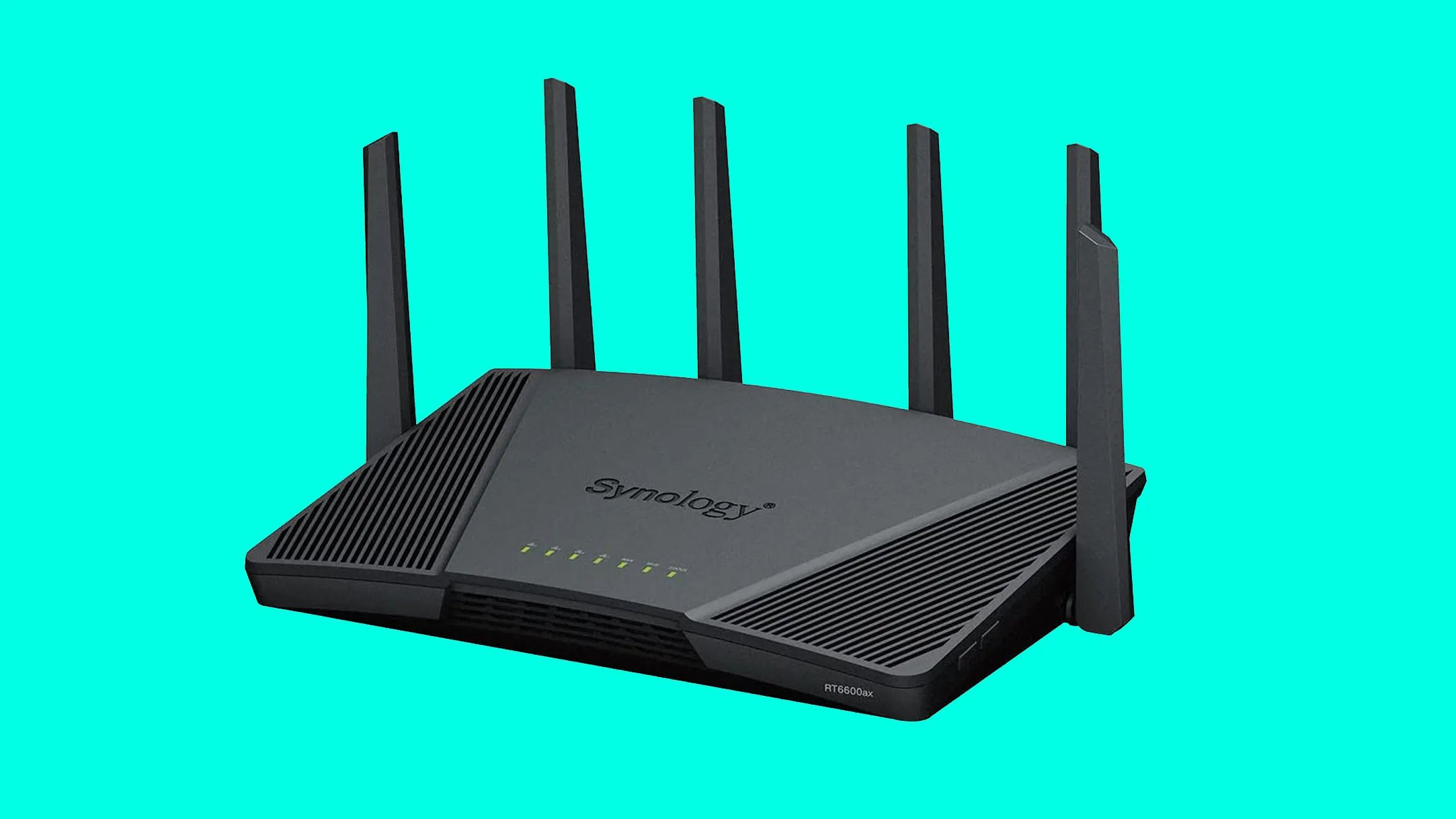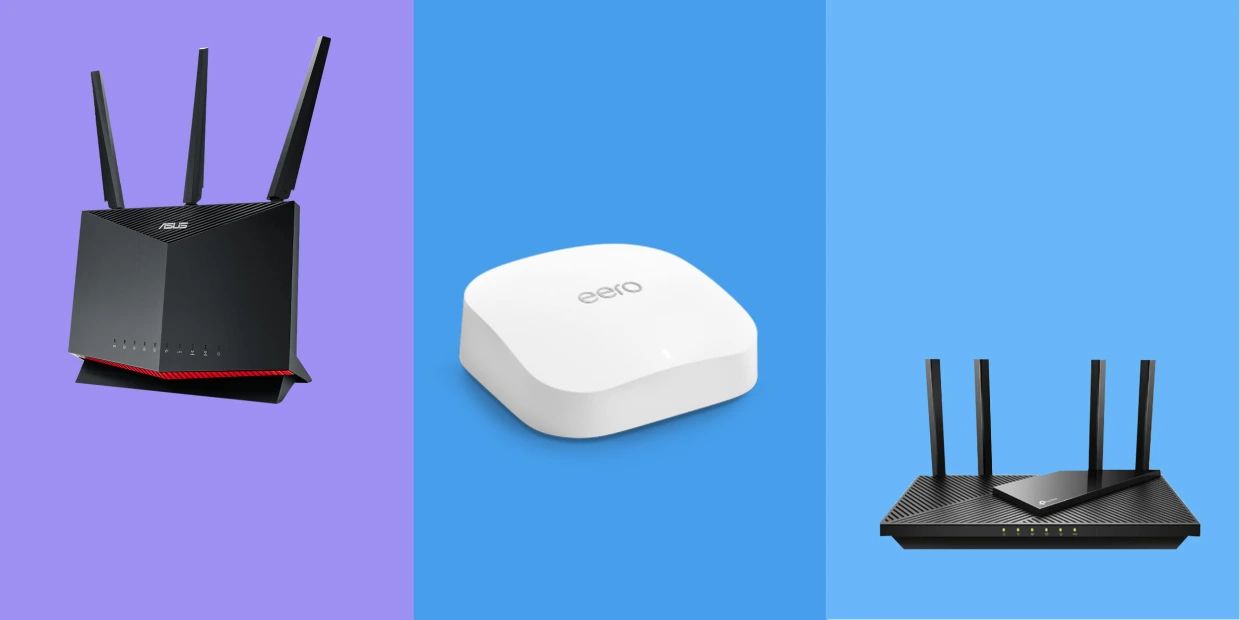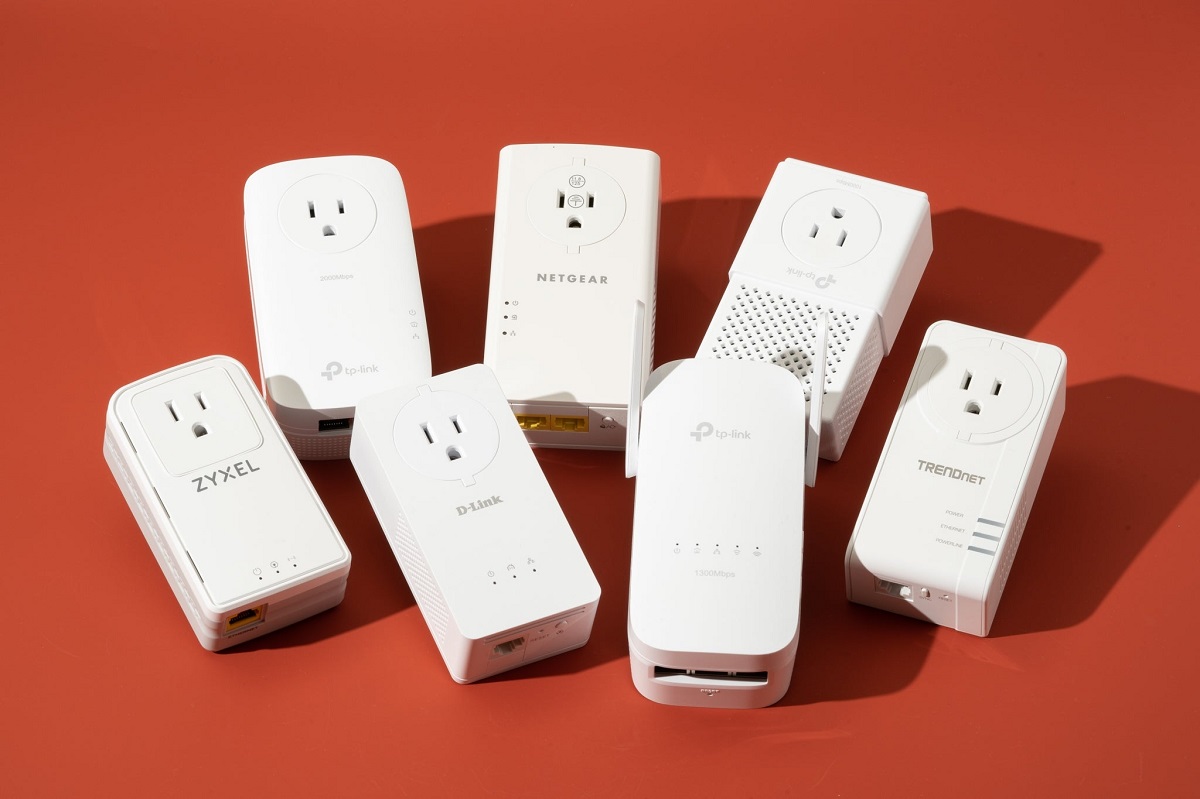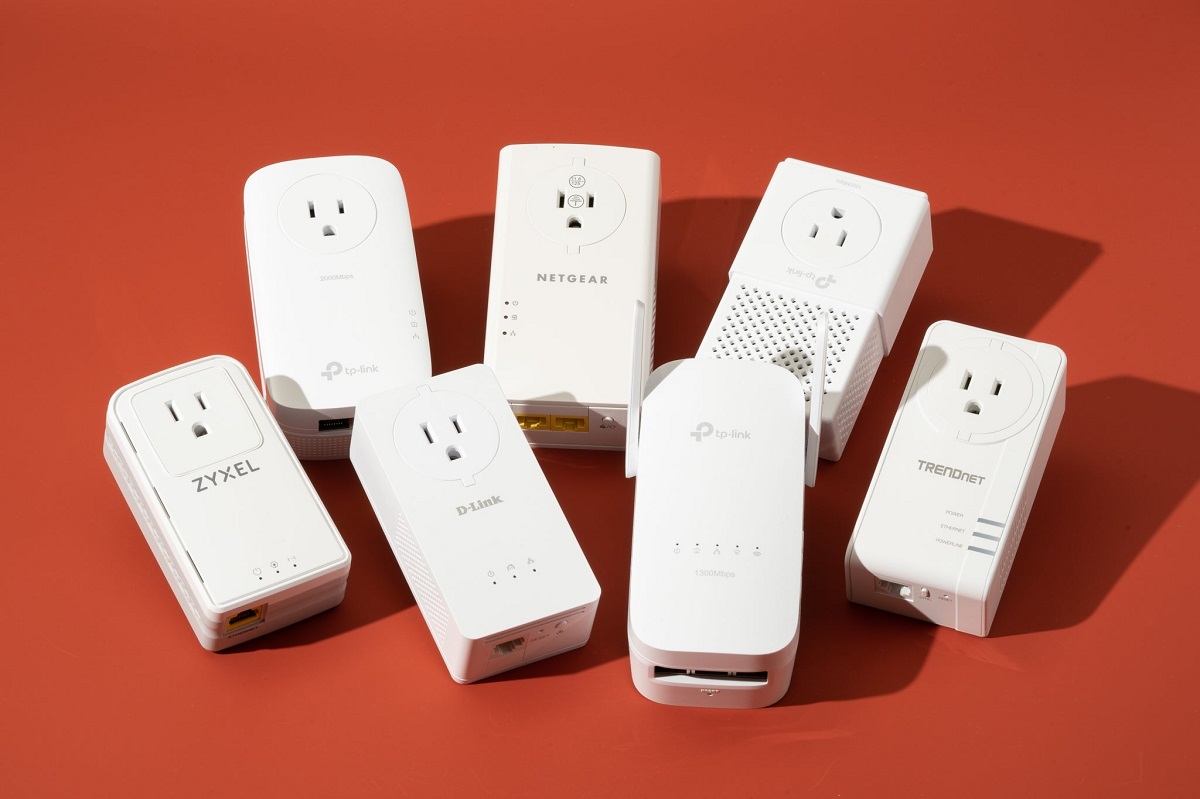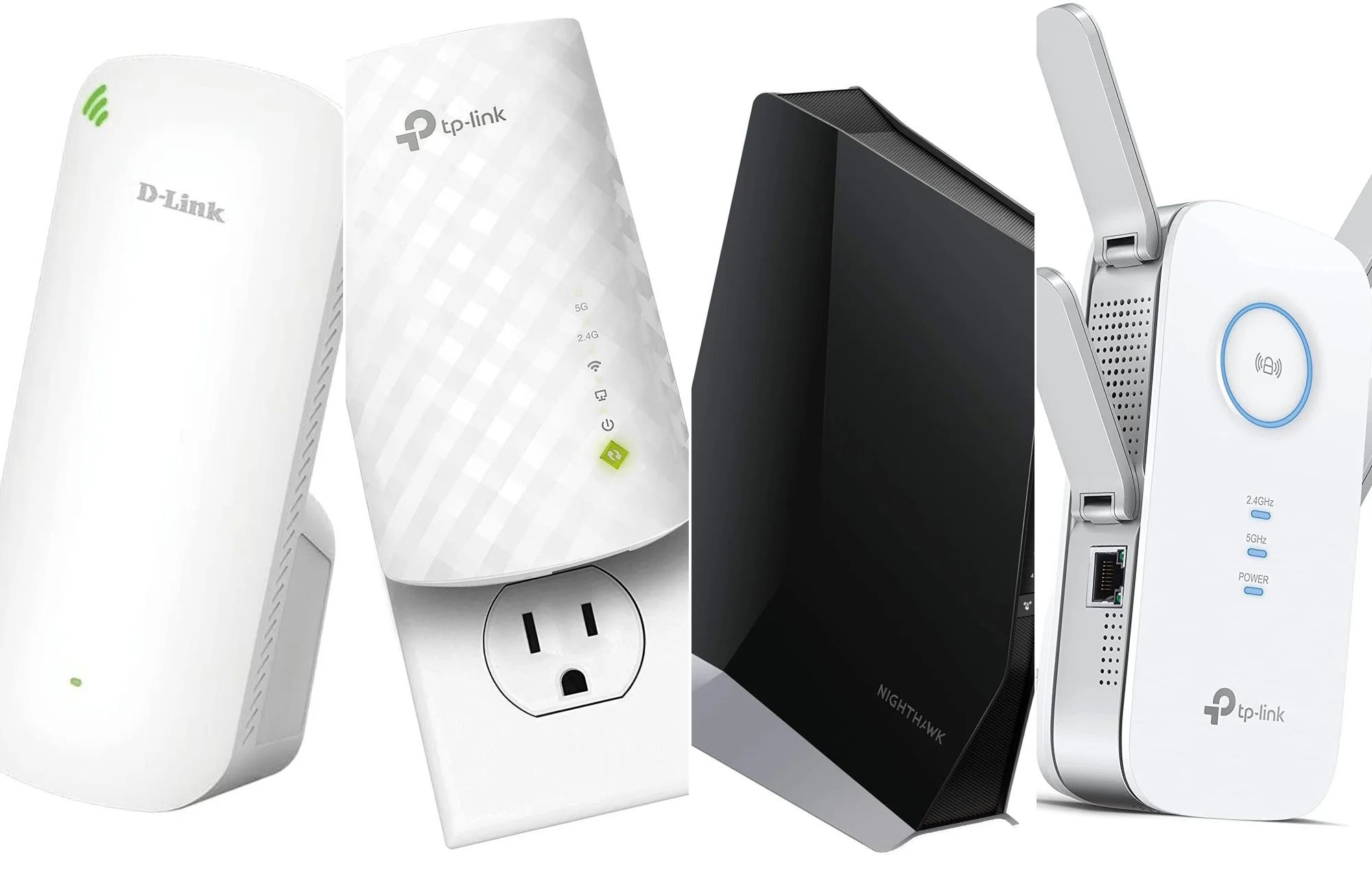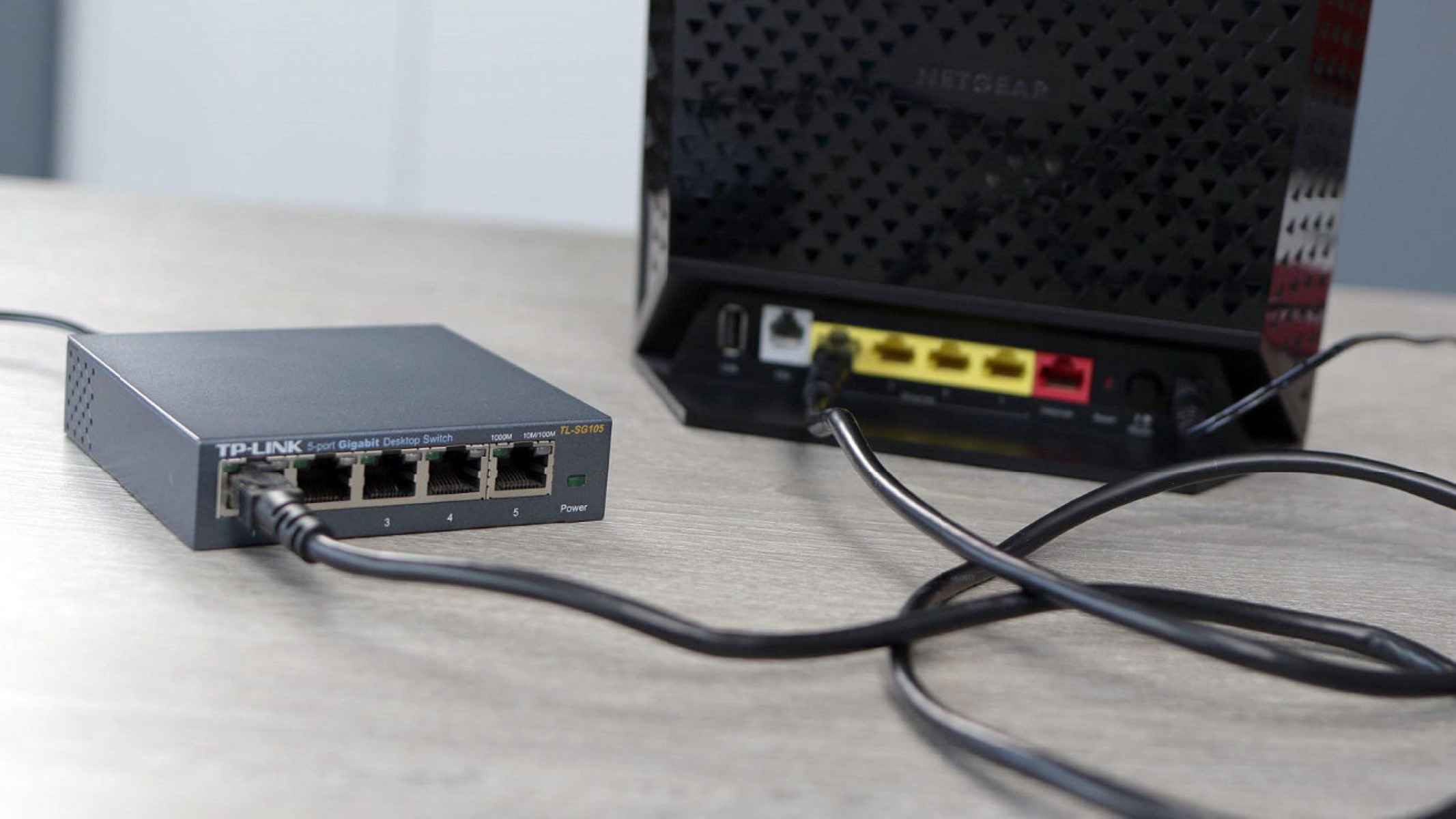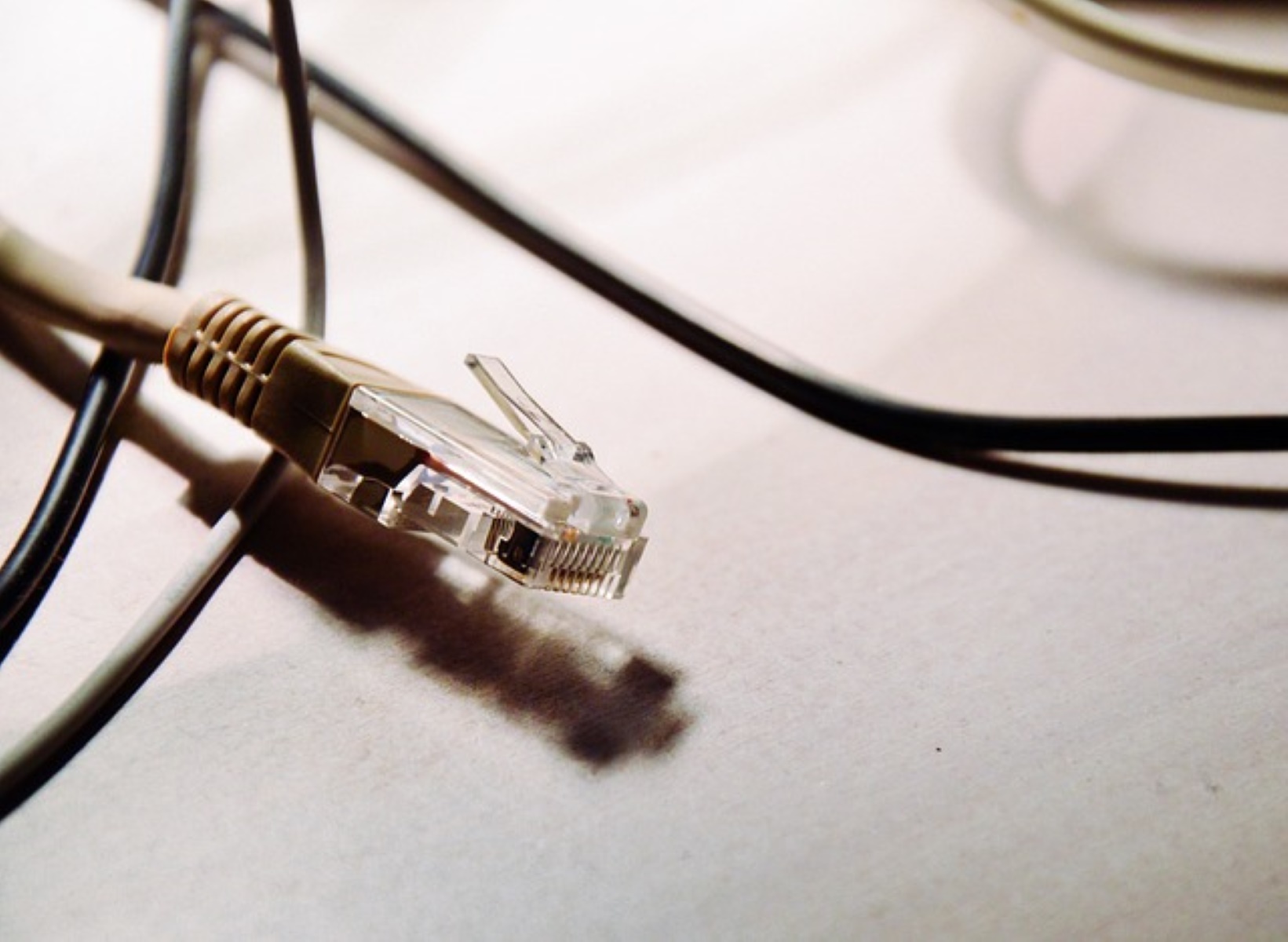Introduction
Welcome to the world of networking, where devices communicate with each other to share information, transfer data, and connect people across the globe. In this digital age, a reliable and efficient network is essential for seamless communication and uninterrupted data transfer. One fundamental element of networking is the Ethernet bridge, a vital component that plays a crucial role in connecting devices and extending network coverage.
An Ethernet bridge is a hardware device that acts as a bridge between two or more Ethernet networks, allowing them to communicate with each other by forwarding data packets. It effectively connects different segments of a network, enabling devices on one network to communicate with devices on another network, even if they have different protocols or addressing schemes.
At its core, an Ethernet bridge transparently forwards network traffic between network segments, making it appear as if devices connected to different segments are connected directly to each other. It achieves this by examining the destination MAC (Media Access Control) address of incoming data packets and forwarding them to the appropriate network segment while filtering out unnecessary traffic.
Why would you need an Ethernet bridge? Imagine you have two separate networks in your office, one for the wired devices and another for the wireless devices. However, you need to have them interconnected to share resources and ensure seamless connectivity. This is where an Ethernet bridge comes in handy. By connecting the two networks with an Ethernet bridge, you can enable communication between wired and wireless devices, enabling them to share files, printers, and other network resources.
There are various types of Ethernet bridges available, each with its own set of features and use cases. From simple standalone devices to more advanced managed switches, you can choose the right bridge based on your specific networking needs. Before setting up an Ethernet bridge, it is essential to understand the different bridge types and their capabilities.
In the next section, we will dive deeper into the working mechanism of an Ethernet bridge and explore the various types available in the market.
What is an Ethernet Bridge?
An Ethernet bridge is a device used to connect two or more separate Ethernet networks, allowing them to communicate with each other. It acts as a bridge between different network segments, forwarding data packets between them. By doing so, an Ethernet bridge extends the coverage of a network and enables devices on separate networks to interact with each other.
At its core, an Ethernet bridge operates at the data link layer of the OSI (Open Systems Interconnection) model. It uses the MAC (Media Access Control) addresses of devices to determine the destination of incoming data packets and forwards them to the appropriate network segment. This transparent forwarding of packets allows devices on different segments to communicate with each other as if they were connected directly.
One key advantage of using an Ethernet bridge is its ability to connect networks with different protocols or addressing schemes. For example, if you have one network using IPv4 and another using IPv6, an Ethernet bridge can seamlessly bridge the two networks, enabling devices on both networks to communicate without any compatibility issues.
In addition to bridging networks with different protocols, Ethernet bridges can also connect networks with different transmission media. Whether it’s Ethernet over copper, fiber optics, or even wireless connections, an Ethernet bridge can handle the different transmission media and allow devices connected to them to communicate with devices on other networks.
Furthermore, an Ethernet bridge can be used to segment a network, dividing it into smaller, more manageable segments. This segmentation helps to improve network performance by reducing congestion and isolating network issues. It also allows for more efficient use of bandwidth by limiting the transmission of data packets only to the necessary network segments.
It’s worth noting that Ethernet bridges come in various types, each with its own characteristics and features. There are simple unmanaged bridges that provide basic connectivity between networks, as well as more advanced managed bridges with additional functionalities such as VLAN (Virtual Local Area Network) support, traffic prioritization, and security features.
In the next section, we will delve into the working mechanism of an Ethernet bridge and explore its benefits in more detail.
How does an Ethernet Bridge work?
An Ethernet bridge operates by examining the MAC (Media Access Control) addresses of incoming data packets and forwarding them to the appropriate network segment. This process is achieved through the following steps:
- Learning: When a data packet arrives at an Ethernet bridge, it analyzes the source MAC address to learn the location of the sending device. It records this information in its forwarding table, associating the MAC address with the corresponding network port.
- Filtering: Once the bridge has learned the location of devices on each network segment, it selectively forwards data packets based on their destination MAC address. If the destination MAC address is not in the bridge’s forwarding table, it filters out the packet, preventing unnecessary network traffic.
- Forwarding: If the destination MAC address is found in the bridge’s forwarding table, it forwards the data packet to the appropriate network segment. This allows the packet to reach its intended destination, even if it is located on a different network segment.
- Broadcasts and Unknown Destinations: An Ethernet bridge also handles broadcast frames and packets with unknown destination MAC addresses. When a broadcast frame is received, the bridge forwards it to all other network segments except the one it was received from. This ensures that devices on all segments receive the broadcast message. Similarly, if a packet has an unknown destination MAC address, it is broadcasted to all segments, allowing the intended recipient to respond and update the bridge’s forwarding table.
It’s important to note that Ethernet bridges operate at the data link layer of the OSI model, focusing on MAC addresses rather than IP addresses. This means that an Ethernet bridge does not inspect the contents of the data packet or perform any routing based on IP addresses. Instead, it simply relies on the MAC addresses to determine the location of devices on different network segments.
In summary, an Ethernet bridge learns the MAC addresses of devices connected to different network segments, filters incoming packets based on their destination MAC address, and forwards them to the appropriate segment. By doing so, it creates a bridge that allows devices on separate networks to communicate with each other seamlessly.
Why use an Ethernet Bridge?
There are several compelling reasons to use an Ethernet bridge in a network setup. Here are some key benefits:
- Network Expansion: An Ethernet bridge allows you to extend the coverage of your network by connecting multiple network segments. Whether you need to connect devices in different rooms, different floors, or even different buildings, an Ethernet bridge enables seamless communication and data transfer between these segments.
- Interconnectivity: If you have separate networks with different protocols or addressing schemes, an Ethernet bridge acts as a bridge between them. It enables devices on these networks to communicate with each other, regardless of the underlying protocol or addressing scheme in use. This facilitates the smooth sharing of resources, such as files, printers, and network services.
- Device Integration: With the rise of IoT (Internet of Things) devices, it is common to have a mix of wired and wireless devices in a network. An Ethernet bridge allows for seamless integration between these devices, enabling them to work harmoniously together. This is particularly useful in environments where wired devices and wireless devices need to communicate and share data.
- Segmentation and Performance Enhancement: By using an Ethernet bridge to segment your network, you can improve network performance and manageability. Segmentation reduces network congestion by dividing the network into smaller, more manageable segments. This optimizes bandwidth usage and facilitates localized troubleshooting, as network issues in one segment do not affect others.
- Compatibility: Ethernet bridges are compatible with different transmission media, including copper, fiber optics, and wireless connections. This flexibility allows you to connect networks with varying types of connectivity. Whether you have a mix of wired and wireless devices or need to bridge networks that use different media, an Ethernet bridge can handle the diverse transmission technologies and ensure seamless connectivity.
- Cost-Effectiveness: Ethernet bridges provide a cost-effective solution for extending network coverage and integrating devices. Instead of deploying separate networking equipment or running additional cables, an Ethernet bridge allows you to leverage the existing infrastructure and connect different network segments without significant additional costs.
Overall, the use of an Ethernet bridge offers numerous advantages, including network expansion, device integration, segmentation for performance enhancement, compatibility with different media, and cost-effectiveness. It is a valuable tool for creating a connected and efficient network environment.
Types of Ethernet Bridges
There are several types of Ethernet bridges available in the market, each designed for specific use cases and network environments. Here are some common types:
- Unmanaged Ethernet Bridges: Unmanaged bridges are simple, plug-and-play devices that provide basic connectivity between network segments. They require minimal configuration and typically have a limited number of ports. Unmanaged bridges are generally suitable for small networks or home environments where simplicity and ease of use are more critical than advanced features.
- Managed Ethernet Bridges: Managed bridges offer more advanced functionalities and features compared to unmanaged bridges. They typically come with a web-based interface or command-line interface (CLI) that allows network administrators to configure and manage various aspects of the bridge. Managed bridges often include features such as VLAN support, link aggregation, Quality of Service (QoS) settings, and security features like Access Control Lists (ACLs).
- Wireless Ethernet Bridges: Wireless bridges, also known as wireless access points, enable the connection of wireless devices to a wired network. They act as a bridge between a wireless network and a wired Ethernet network, allowing wireless devices to access network resources and communicate with devices on the wired network. Wireless bridges are commonly used to extend network coverage in areas where running Ethernet cables is impractical or not feasible.
- Powerline Ethernet Bridges: Powerline bridges, also known as powerline adapters or Ethernet over powerline adapters, use the existing electrical wiring in a building to transmit Ethernet signals. They allow for network connectivity between different rooms or floors by using the power outlets as network connection points. Powerline bridges are especially useful in scenarios where running Ethernet cables or setting up wireless connections is challenging.
- Modular Ethernet Bridges: Modular bridges consist of a chassis that can hold multiple interface modules. These modules can be various types, such as fiber optic modules, copper Ethernet modules, or wireless modules. Modular bridges offer flexibility and scalability, allowing network administrators to customize the bridge’s interface configuration based on their specific networking requirements.
- Virtual Ethernet Bridges: Virtual bridges, also known as virtual switches, operate within a virtualized environment. They enable virtual machines (VMs) running on a hypervisor to communicate with each other and with devices on the physical network. Virtual bridges provide the necessary networking capabilities to create virtualized networks, allowing for efficient allocation and management of network resources in virtualized environments.
It’s important to assess your network requirements and consider factors such as network size, scalability, management capabilities, and specific network environment when choosing the right type of Ethernet bridge for your needs. Consulting with a network professional or researching the available options can help you make an informed decision.
Setting up an Ethernet Bridge
Setting up an Ethernet bridge involves a few steps to ensure proper connectivity and configuration. Here is a general guideline on how to set up an Ethernet bridge:
- Choose the Right Bridge: Select an Ethernet bridge that suits your network requirements and connectivity needs. Consider factors such as the number of network ports, management capabilities, and compatibility with your existing network infrastructure.
- Connect the Bridge: Connect the Ethernet bridge to your existing network. Typically, this involves connecting one of the bridge’s network ports to your main network switch or router using an Ethernet cable. Ensure that the cable is securely connected to both the bridge and the network device.
- Configure the Bridge: Access the bridge’s configuration interface. The method of accessing the interface may vary depending on the bridge’s manufacturer and model. This can be a web-based interface, command-line interface (CLI), or dedicated software provided by the bridge manufacturer.
- Set IP Address: Assign an IP address to the bridge if it has management capabilities. This will allow you to access the bridge’s configuration interface for further customization and monitoring. Consult the bridge’s documentation or user manual for instructions on setting the IP address.
- Configure Network Parameters: Adjust any necessary network parameters in the bridge’s configuration interface. This may include settings such as VLAN configuration, link aggregation, QoS prioritization, and security settings. Ensure that these parameters match the requirements of your network and the connected devices.
- Test Connectivity: Once the bridge is properly configured, test the connectivity by connecting devices to the bridge’s network ports. Ensure that devices on different network segments can communicate with each other successfully. Verify that data packets are being forwarded correctly and that network resources are accessible.
- Monitor and Adjust: Regularly monitor your Ethernet bridge’s performance and adjust settings as needed. This includes monitoring network traffic, checking for any errors or anomalies, and making adjustments to optimize network performance.
It’s important to note that the specific steps and configuration options may vary depending on the brand and model of your Ethernet bridge. Always consult the manufacturer’s documentation, user manual, or online resources for detailed instructions tailored to your specific bridge model.
By carefully following the setup process and ensuring proper configuration, you can establish a reliable Ethernet bridge that seamlessly connects different network segments and facilitates efficient communication between your devices.
Tips for using an Ethernet Bridge
When using an Ethernet bridge to connect network segments, it’s important to keep a few tips in mind to ensure optimal performance and smooth operation. Here are some helpful tips for using an Ethernet bridge:
- Choose the Right Bridge for Your Needs: Consider your specific network requirements and choose an Ethernet bridge that offers the features and capabilities that align with those needs. Factors to consider include the number of network ports, management capabilities, scalability, and compatibility with your existing network infrastructure.
- Ensure Proper Placement: Place the Ethernet bridge in a central location to minimize cable lengths and signal degradation. This helps ensure reliable and efficient communication between network segments.
- Secure your Bridge: Implement proper security measures for your Ethernet bridge to protect your network from unauthorized access. Change default login credentials, enable encryption, and employ other security features provided by your bridge to enhance network security.
- Regularly Update Firmware: Check for firmware updates for your Ethernet bridge on the manufacturer’s website. Regular firmware updates often include bug fixes, performance improvements, and security enhancements. Keeping your bridge’s firmware up to date helps ensure optimal functionality and protection.
- Monitor Network Traffic: Utilize network monitoring tools to keep an eye on network traffic and identify any performance issues or abnormal behavior. By monitoring network traffic, you can quickly identify and address potential bottlenecks or security threats affecting the bridge’s operation.
- Consider VLAN Segmentation: If your Ethernet bridge supports VLANs, consider implementing VLAN segmentation to further enhance network performance and security. By separating network traffic into different VLANs, you can isolate traffic and improve network efficiency.
- Regularly Test Connectivity: Periodically test the connectivity and accessibility of devices connected to different network segments through the bridge. Verify that data packets are being forwarded correctly, network resources are accessible, and devices can communicate with each other without any issues.
- Read the Documentation: Familiarize yourself with the manufacturer’s documentation and user manual for your specific Ethernet bridge model. Understanding its features, configuration options, and troubleshooting guides will help you maximize its capabilities and address any issues that may arise.
By following these tips and best practices, you can ensure optimal performance, stability, and security when using an Ethernet bridge in your network setup. Regular monitoring, maintenance, and keeping up with the latest updates and security measures will help you maintain a reliable and efficient network infrastructure.
Conclusion
Ethernet bridges play a crucial role in networking by facilitating the connection between different network segments. Whether you need to extend network coverage, integrate wired and wireless devices, or connect networks with different protocols, an Ethernet bridge provides the solution. By transparently forwarding data packets based on MAC addresses, an Ethernet bridge enables seamless communication and data transfer between devices on separate networks.
In this article, we explored what an Ethernet bridge is and how it works. We discussed the benefits of using an Ethernet bridge, such as network expansion, device integration, segmentation for performance enhancement, compatibility with different media, and cost-effectiveness.
Additionally, we explored the various types of Ethernet bridges available, including unmanaged bridges, managed bridges, wireless bridges, powerline bridges, modular bridges, and virtual bridges. Each type offers specific functionalities and features to cater to different network needs and environments.
We also provided a guide on setting up an Ethernet bridge, emphasizing the importance of choosing the right bridge, proper connectivity, configuration, and testing for successful implementation. Furthermore, we shared some useful tips for using an Ethernet bridge, including secure bridge management, firmware updates, network monitoring, VLAN segmentation, and regular connectivity testing.
By understanding the capabilities and considerations of Ethernet bridges, you can optimize your network infrastructure, enhance connectivity, and improve communication between devices and network segments. Whether in a home setting, a small office, or a large enterprise, the utilization of Ethernet bridges can greatly enhance network efficiency and performance.
So, consider implementing an Ethernet bridge where it aligns with your network requirements, and enjoy the benefits of seamless connectivity, device integration, and efficient data transfer.







